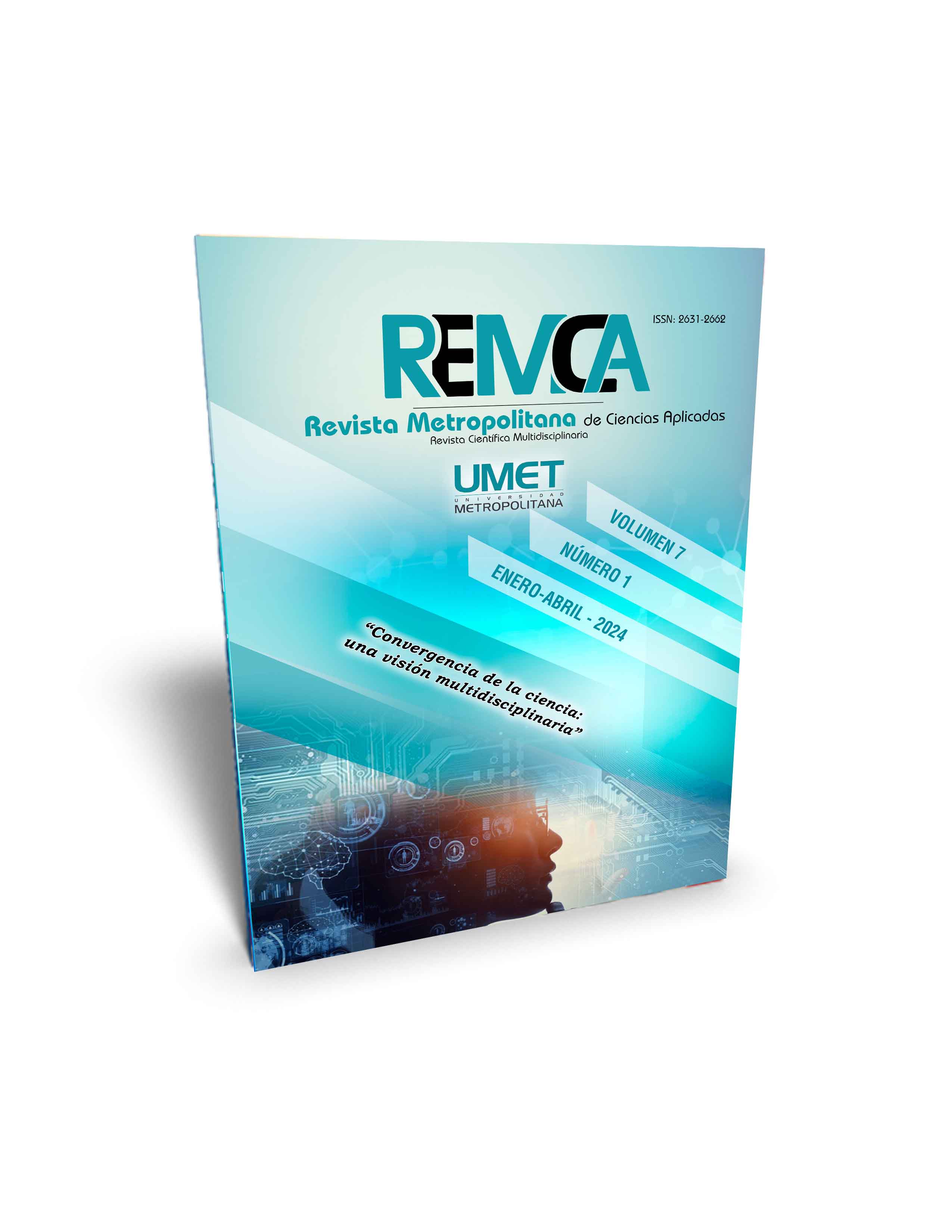Classroom environment influences in speaking anxiety levels
DOI:
https://doi.org/10.62452/1g72rz92Keywords:
Foreign speaking anxiety, classroom environment, classroom interventionAbstract
Speaking anxiety is present and persists innumerable in schools, high schools, or even universities, no matter whether public or private they are. Speaking anxiety may stem from different sources and affect each individual student differently. The research for this study was done through the use of a quantitative students' questionnaire based on the Language Anxiety Scale (FLCAS) administered to 23 students (14 male and 9 female) from the tenth grade of Basica Superior of Colegio de Bachillerato Asaad Bucaram, before and after the classroom intervention. The study started with a classroom visit to determine what kind of environment the students perform the activities. The instrument used was a classroom visit file. The findings suggest that the changes experienced by students in the classroom modified the previous results, about 4,4% of the anxiety level among students was reduced in both the Low Language Anxiety (LLA) category and High Language Anxiety (HLA) category. In genre differences before classroom intervention, girls were more anxious than boys in certain items when speaking in class. However, the results changed after the intervention. Boys showed more anxiety than girls. Further research may be needed to understand the specific factors contributing to these changes in anxiety levels and gender differences.
Downloads
References
American Psychological Association. (2023). Anxiety. https://www.apa.org/topics/anxiety
Aydin, B. (2001). A Study of Sources of Foteign Language Classroom Anxiety in Speaking nad Writing Classes. (Tesis doctoral). University of Anadolu.
Botes, E., Dewaele, J.-M., & Greiff,, S. (2020e). The Foreig Language Classroom Anxiety Scale and Academic Achievement: An Overview of the Prevailing Literature and a Meta-Analysis. International Association for the Psychology of Language Learning (IAPLL), 2, 26-56.
Dorman, J. (2002). Classroom environment research: Progress and possibilities. Queensland Journal of Educational Research, 18(2), 112-140.
Hannah, R. (2013). The Effect of Classroom Environment on Student Learning. Western Michigan University.
Horwitz, E. (2010). Foreign and second language anxiety. Language Teaching, 43(2), 154-167.
Ling, H., & Na, W. (2014). Anxiety in Foreign Language Learning. (Paper). International Conference on Global Economy, Commerce and Service Science. Phuket, Thailand.
Livacic, E. (2017). Identidad, Idiosincracia y cultura latinoamericana [Identity, Idionsincracy and latinamerican culture]. Estudios de Humanidades y Ciencias Sociales, 13, 27-31.
Neer, M., & Kirchner, W. (1990). Classroom Interventions for Reducing Public Speaking Anxiety. Communication Course Annual, 3, 202-223.
Organization Mind. (2021). Web Site Organization Mind. Retrieved from Mind: https://www.mind.org.uk/information-support/types-of-mental-health-problems/anxiety-and-panic-attacks/about-anxiety/
Palacios, L. (1998). Foreign Language anxiety and classroom environment: A study of Spanish university students. University of Texas.
Roskos, K., & Neuman, S. (2011). The Classroom Environment. International Literacy Association, 65(2), 110-114.
Siew, M., & Wong, L. (2009). Language anxiety and motivation to learn English. The Reading Teacher, 65(2), 110-114.
Downloads
Published
Issue
Section
License
Copyright (c) 2024 Brinner Daniel Castro-Vaca, Antonio Lenín Argudo-Garzón (Autor/a)

This work is licensed under a Creative Commons Attribution-NonCommercial-ShareAlike 4.0 International License.
Authors who publish in Revista Metropolitana de Ciencias Aplicadas (REMCA), agree to the following terms:
1. Copyright
Authors retain unrestricted copyright to their work. Authors grant the journal the right of first publication. To this end, they assign the journal non-exclusive exploitation rights (reproduction, distribution, public communication, and transformation). Authors may enter into additional agreements for the non-exclusive distribution of the version of the work published in the journal, provided that acknowledgment of its initial publication in this journal is given.
© The authors.
2. License
The articles are published in the journal under the Creative Commons Attribution-NonCommercial-ShareAlike 4.0 International License (CC BY-NC-SA 4.0). The terms can be found at: https://creativecommons.org/licenses/by-nc-sa/4.0/deed.en
This license allows:
- Sharing: Copying and redistributing the material in any medium or format.
- Adapting: Remixing, transforming, and building upon the material.
Under the following terms:
- Attribution: You must give appropriate credit, provide a link to the license, and indicate if any changes were made. You may do this in any reasonable manner, but not in any way that suggests the licensor endorses or sponsors your use.
- NonCommercial: You may not use the material for commercial purposes.
- ShareAlike: If you remix, transform, or build upon the material, you must distribute your creation under the same license as the original work.
There are no additional restrictions. You may not apply legal terms or technological measures that legally restrict others from doing anything the license permits.




